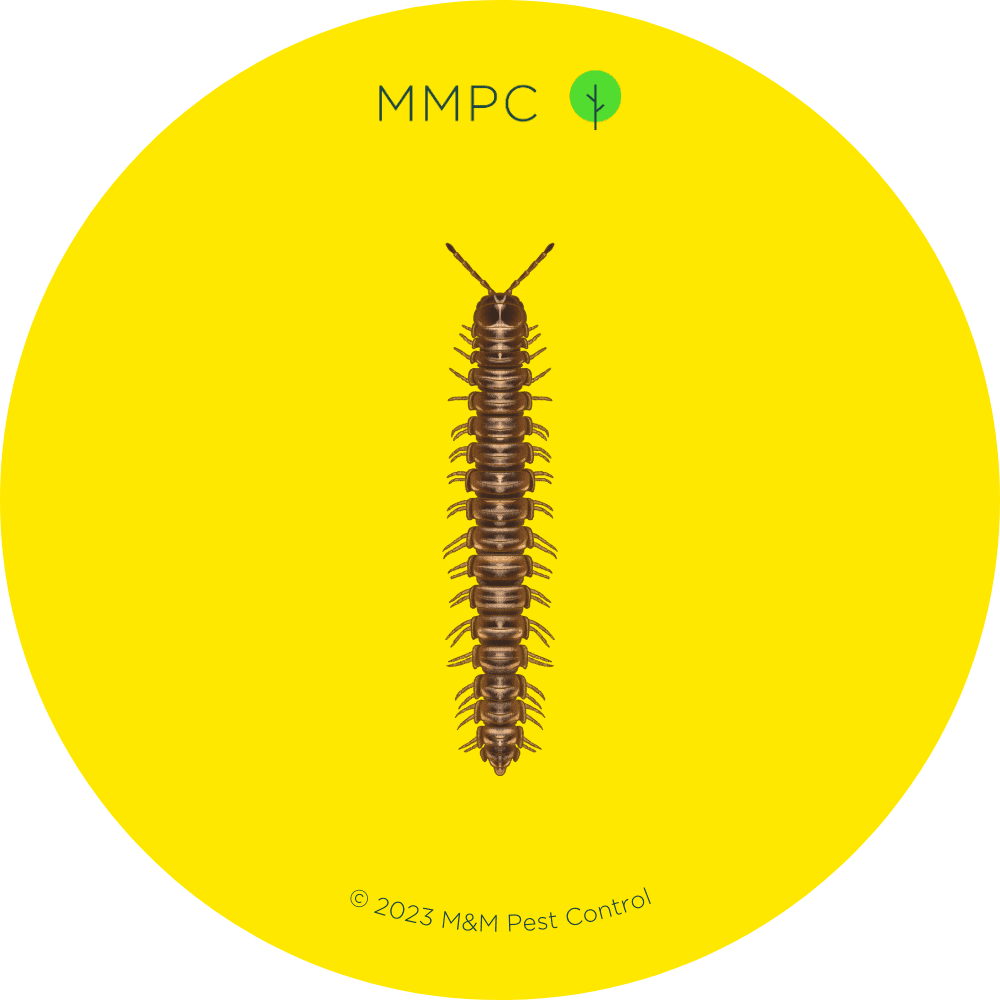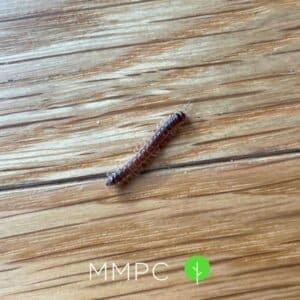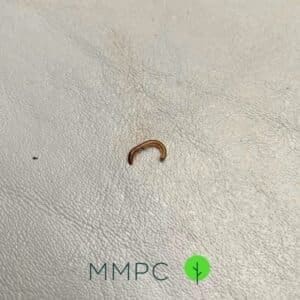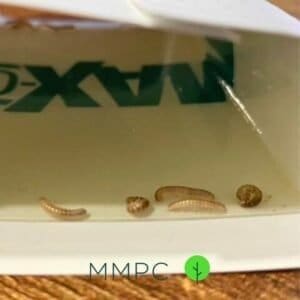Millipede Identification & Control

What Are Millipedes?
Millipedes are slow-moving, segmented arthropods that play a crucial role in breaking down decaying plant material. Although they are generally considered harmless, they can become a nuisance when they migrate indoors, particularly during periods of heavy rain or drought.
By reducing moisture levels, sealing entry points, and eliminating outdoor harborage, you can effectively control millipede populations and prevent them from becoming a problem in your home.
Appearance
Millipedes have long, cylindrical bodies divided into many segments, each bearing two pairs of short legs. While commonly believed to have 1,000 legs, most species have fewer than 100.
Behavior
Millipedes are nocturnal, most active at night, and thrive in moist environments like gardens, leaf litter, and mulch. They sometimes enter homes during periods of heavy rainfall or drought, seeking shelter and moisture indoors. However, millipedes are not well-suited to indoor conditions and usually die within a few days due to the lack of moisture.
Risks
Millipedes pose no direct threat to humans or pets, as they do not bite or sting. However, their defensive secretions, which are released when they feel threatened, can cause mild irritation if they come into contact with sensitive skin.
Certain species, such as the garden millipede, are capable of producing more potent chemicals, including hydrogen cyanide, though the amounts are too small to pose significant risks to humans.
Identification

Greenhouse Millipede / Garden Millipede
Oxidus gracilis, also known as the greenhouse millipede or garden millipede, has 30 pairs of legs in males and 31 pairs of legs in females. Newborn millipedes hatch with only six legs, and as they molt and grow, they add body segments and legs until reaching their full adult size.



Size: 3/4″ – 7/8″ (19 – 22 mm)
Color: Light to dark brown
Identifying Features:
- A long, cylindrical body with up to 15 segments (body rings) when fully grown
- Each body ring has a transverse groove and a pale, plate-like extension (paranotum) on each side
- 60–62 short legs (males have 30 pairs while females have 31)
- Short antennae
Control

How to Get Rid of Centipedes
We generally not recommended using insecticides for controlling millipedes indoors. Once inside a home, they will die on their own within a few days due to the dry environment. Additionally, millipedes do not cause harm to people or property, so non-chemical methods like reducing moisture and sealing entry points are more effective long-term solutions.
Non-Chemical Control
- Sweep or vacuum millipedes found indoors and dispose of them outside.
- Set sticky traps near windows and doors to catch millipedes before they enter.
- Sprinkle diatomaceous earth (DE) around entry points.
Reduce Moisture
- Use dehumidifiers in damp areas like basements and bathrooms.
- Fix leaky pipes or plumbing issues.
- Improve ventilation in humid spaces to reduce moisture levels.
Reduce Outdoor Harborage
- Remove leaf litter, mulch, and grass clippings from around your home’s foundation.
- Keep firewood and mulch away from the exterior of your home.
- Mow lawns regularly and dethatch to improve airflow and reduce moisture retention.
Seal Entry Points (Exclusion)
- Seal cracks and gaps in walls, doors, and windows with caulk.
- Install door sweeps to block spaces under exterior doors.
- Ensure windows are properly sealed to prevent entry.
FAQs
Are Millipedes Poisonous?
Millipedes are generally not poisonous to humans or pets. However, some species, like the greenhouse millipede (Oxidus gracilis), can secrete defensive chemicals, including hydrogen cyanide.
While this may sound alarming, the amount of hydrogen cyanide they release is minimal and poses no significant threat to humans. At most, these secretions may cause mild skin irritation or discomfort if a millipede is handled or crushed. These chemicals are primarily intended to deter predators such as spiders and ants.
How Many Legs Does a Millipede Have?
Millipedes typically have between 30 and 400 legs, depending on the species. Despite their name, they do not have 1,000 legs. Each body segment has two pairs of legs, and as millipedes grow, they add segments and legs with each molt.
The record for the most legs is held by Eumillipes persephone, with up to 1,306 legs, making it the creature with the most legs on Earth.
Our Services


Need help getting rid of millipedes? Talk to one of our pest experts today.


